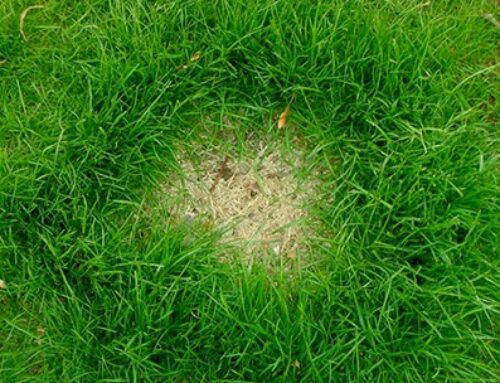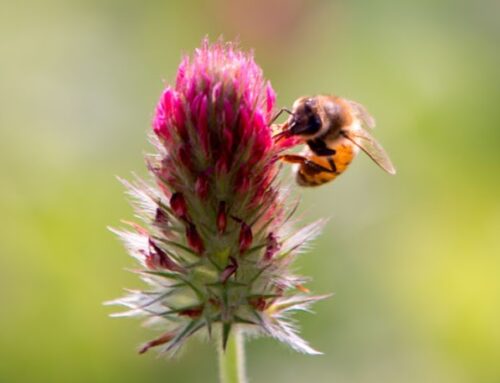The best backpack sprayer – is also incredibly affordable! With this backpack, and some know-how, you can have a weed and insect free property. This is what I would buy if I didn’t work at the best lawn care company in the West Metro. (It’s also what I buy since I work at the best lawn care company in the West Metro)
7/17/18 – Matt Rohman
As a commercial lawn care company, it’s expected we use tools and equipment that are out of the grasp of the average homeowner… and for the most part we do… but over our decades in business using many different backpack sprayers, we end up using one of the cheapest available. Commercial backpack sprayers can range from $100 to over $400.
We use the “Roundup” brand backpack sprayers from Lowes that’s under $66.
https://www.lowes.com/pd/Roundup-4-Gallon-Plastic-Tank-Sprayer-with-Should-Strap/3192547
We have absolutely no affiliation with Roundup or Lowes.
The backpack is $66 but the heading above says I need to spend $150?? Read the “key to success” below.
But we are still using the first one we bought. It’s on its third season of commercial use.
- Zip-tie the hose out of the bottom of the sprayer to the sprayer frame. The fitting where the hose comes out is weak and without fail, the spray wand will get caught on something and rip the fitting out. This also helps the hose avoid kinking.
- Never let the hose sit “kinked”. The hose is not made for much abuse or going past it’s intended range of motion. When the sprayers sit in our trucks or at the shop overnight, we put in extra care to make sure the hose is bent as little as possible and absolutely not kinked.
- Clean them thoroughly when we’re done using them. Do not let them sit for more than a couple days with products in them. This is what dries out the seals and gums them up. We actually don’t clean ours until fall but that’s because they’re used every single day in the summer. This makes the sprayer even more impressive, doesn’t it!?
- Not so much to extend the life of the sprayer but to avoid confusion, we remove the “Roundup” logo. Can you imagine if a client saw us spraying their grass with a sprayer that said “Roundup”!?
- For sure do steps one and two from what we do above.
- Clean after each use (assuming it will sit for more than a couple days).
- Try to only put as much product/mix as you think you’ll need so the sprayer runs empty.
- Put in a half gallon of water, slosh it around, and spray it out of the wand in an appropriate area (you can loosen the nozzle so it flows more and doesn’t take forever).
- Fill again with another half gallon of water, slosh it around, and spray it out of the wand in an appropriate area.
- This should rinse all the corrosive products out of the mechanisms and keep it operating like new.
- Unless you plan to use the sprayer for Roundup/glyphosphate, I highly recommend you remove the “Roundup” label to avoid confusion.
- We would NEVER use the same sprayer to do both Roundup/glyphosate and selective weed control (weeds in your grass) or insecticide treatments. No matter how much you clean and wash out the sprayer in-between, there’s always the chance that you don’t get it clean enough then kill your grass/garden/trees/shrubs. Not worth it.
- “Selective weed control” backpack – to spray weeds in your grass (or garden, mulch, rocks, anywhere).
- Look for a future blog post about this where I’ll tell you exactly what products to buy, from where, how to mix them in the sprayer and how to use the sprayer. Anyone can buy these products and get better than professional results (since you know your property better than anyone and are there everyday). Follow our facebook page to be updated when new blog posts are made.
- “Insecticide” backpack – to spray your lawn/garden/property for mosquitos, japanese/asian beetles, grubs, ticks, etc.
- Look for a future blog post where I show/tell you everything you need to know about doing this!
- A Roundup/Glyphosate sprayer – this usually doesn’t have to be a backpack sprayer. It can be a much smaller and cheaper sprayer. The “selective weed control” sprayer will take care of all your weeds (on your paths, in your garden, lawn, anywhere) so you usually only need a small gallon sprayer, if that, to kill grass when it grows where it shouldn’t be.
Make sure you clearly label each sprayer and clean them appropriately after each use. Even though you’ll be using the same products, it will extend the useful life of the sprayer.
- Reach turf areas that our machines or hose cannot.
- Do detail spraying where powered equipment might produce too much flow/pressure.
- Spray tough weeds – Our large tank has a “medium-duty” herbicide product that controls most weeds. Our backpack sprayers have the “heavy-duty” mix that take down even the toughest weeds such as crabgrass, wild violets and creeping charlie.
- Check back to our blog or follow our facebook page to stay updated. We’ll be posting exactly what our “heavy-duty” mix is in a future post.




